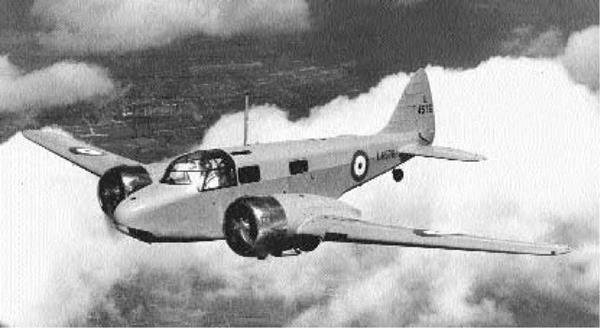. Airspeed Horsa
Type: Glider; Transport
Dimensions: wingspan, 88 feet; length, 67 feet; height, 19 feet, 6 inches Weights: empty, 7,500 pounds; gross, 15,250 pounds Power plant: none
Performance: maximum speed, 127 miles per hour Armament: none Service dates: 1942-1945
|
T |
he Horsa was the most numerous and widely used British assault glider of World War II. It functioned well at Sicily and Normandy and at one point lifted an entire airborne division across the Rhine.
The striking success of German glider troops in 1940 dismayed British authorities, so that year the Air Ministry issued Specification X.26/40 calling for creation of similar forces. The Airspeed company responded with a prototype called the AS.51 Horsa (named after an ancient Saxon king) in September
1941. This was a high-wing monoplane with tricycle landing gear and provisions for 25 troops. The Horsa was built entirely of wood and was canvas-covered, so it creaked loudly while flying. It was also relatively sophisticated, possessing ailerons, split trailing edge flaps, and underwing dive brakes powered by compressed air. The craft was towed aloft by a twin- engine bomber and affixed by a rope fastened to the nose and nosewheel strut. Once airborne, the large wheeled gear were jettisoned; the glider landed on a large retractable skid. It handled well in the air, even
when crammed with men and supplies, and could touch down in relatively small areas. The Horsa entered production in 1941 and was initially used for clandestine operations in Norway. It witnessed its large-scale baptism of fire in July 1943, when 30 were successfully launched over Sicily.
In 1941 the Air Ministry decided to develop a specialized freight-carrying version of the Horsa, the AS.58, so that airborne forces could ferry greater supplies to the drop zone. It was similar to the previous version but also featured twin nosewheels and a hinged nose section to ease unloading. The entire rear section could also be jettisoned for that purpose. Both models were present during the massive airborne assault over Normandy on June 6, 1944. Horsas carried select detachments of special forces that captured and held several strategic bridges. In March 1945 440 Horsas transported the entire 6th Airborne Division in another large movement across the Rhine River. The U. S. Army also employed several hundred of these useful craft. A total of 3,655 were built.
![]()
 |
О Airspeed Oxford
Type: Trainer
Dimensions: wingspan, 53 feet, 4 inches; length, 34 feet, 6 inches; height, 11 feet, 1 inch Weights: empty, 5,670 pounds; gross, 8,000 pounds
Power plant: 2 x 370-horsepower Armstrong-Siddeley Cheetah radial engines Performance: maximum speed, 188 miles per hour; ceiling, 19,500 feet; range, 550 miles Armament: 1 x.303-caliber machine gun Service dates: 1937-1954
|
T |
he beloved “Ox-box” was one of the unsung heroes of World War II. Built in huge numbers, it trained thousands of British and Commonwealth airmen in the nuances of flying, gunnery, navigation, and bombardment.
In 1936 the British Air Ministry issued, as part of the Royal Air Force expansion program, Specification
T.23/36 to obtain its first twin-engine training airplane. This was essential because biplane technology was being superceded by newer monoplanes that were faster and more demanding to fly. It so happened that Airspeed was then marketing a twin-engine passenger craft called the Envoy, which could be easily modified for instructional purposes. The Air Ministry agreed and in 1937 submitted an order for 137 aircraft as the Oxford. The new craft was an allwood, low-wing monoplane with retractable landing gear and attractive lines. The Mk I version was also fitted with a single-gun power turret for gunnery practice. In service the Oxford exhibited easy handling, but it proved tricky for novices to land and required
vigilance. This characteristic was considered more useful than not, for it prepared students for the less – forgiving aircraft they would eventually fly. When World War II commenced in September 1939, the RAF counted 400 Oxford Is in its training inventory.
The Oxford eventually became an essential component of the Commonwealth Air Training Scheme. By 1945 no less than 8,751 “Ox-boxes” had been built, and they were operated in large numbers by Great Britain, Australia, Canada, New Zealand, South Africa, and Rhodesia. As time passed, this versatile trainer’s regimen was expanded to include bombardier, radio-operator, and navigation training. Literally thousands of Allied crewmen gained their wings or specializations while flying the Oxford. Many others were employed for ambulance, liaison, and communications purposes. After the war, many surplus Oxfords transferred over to the civilian sector. The RAF did not relinquish its last “Ox-box” until 1954, and this stately machine stands as one of the most important military trainers in aviation history.










